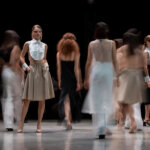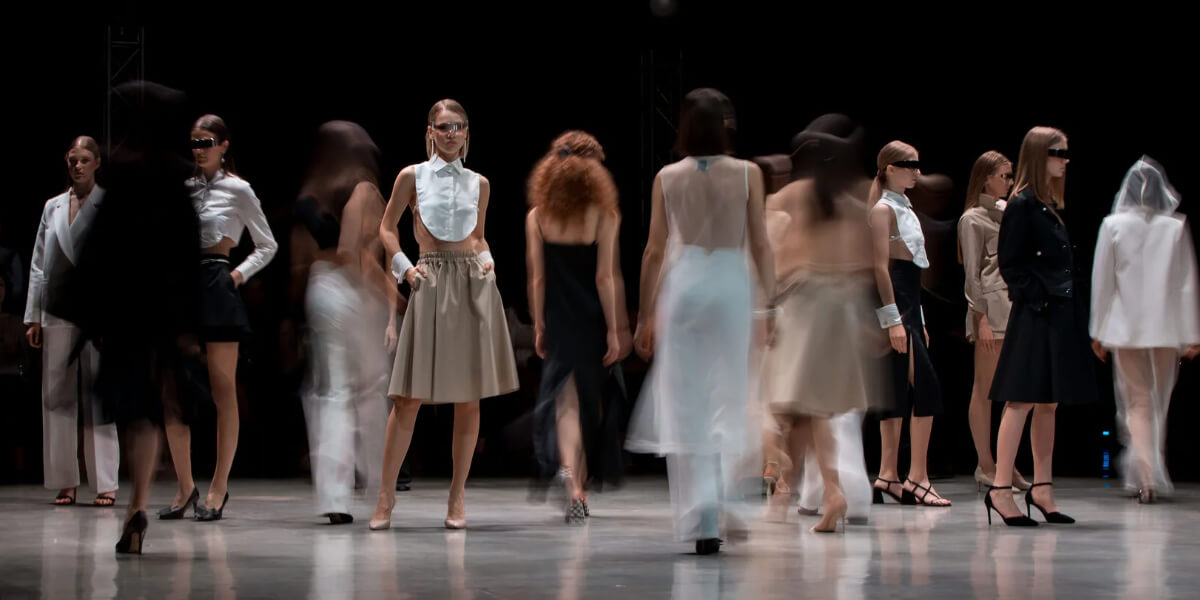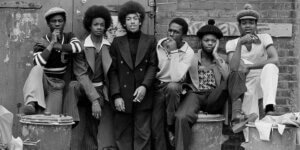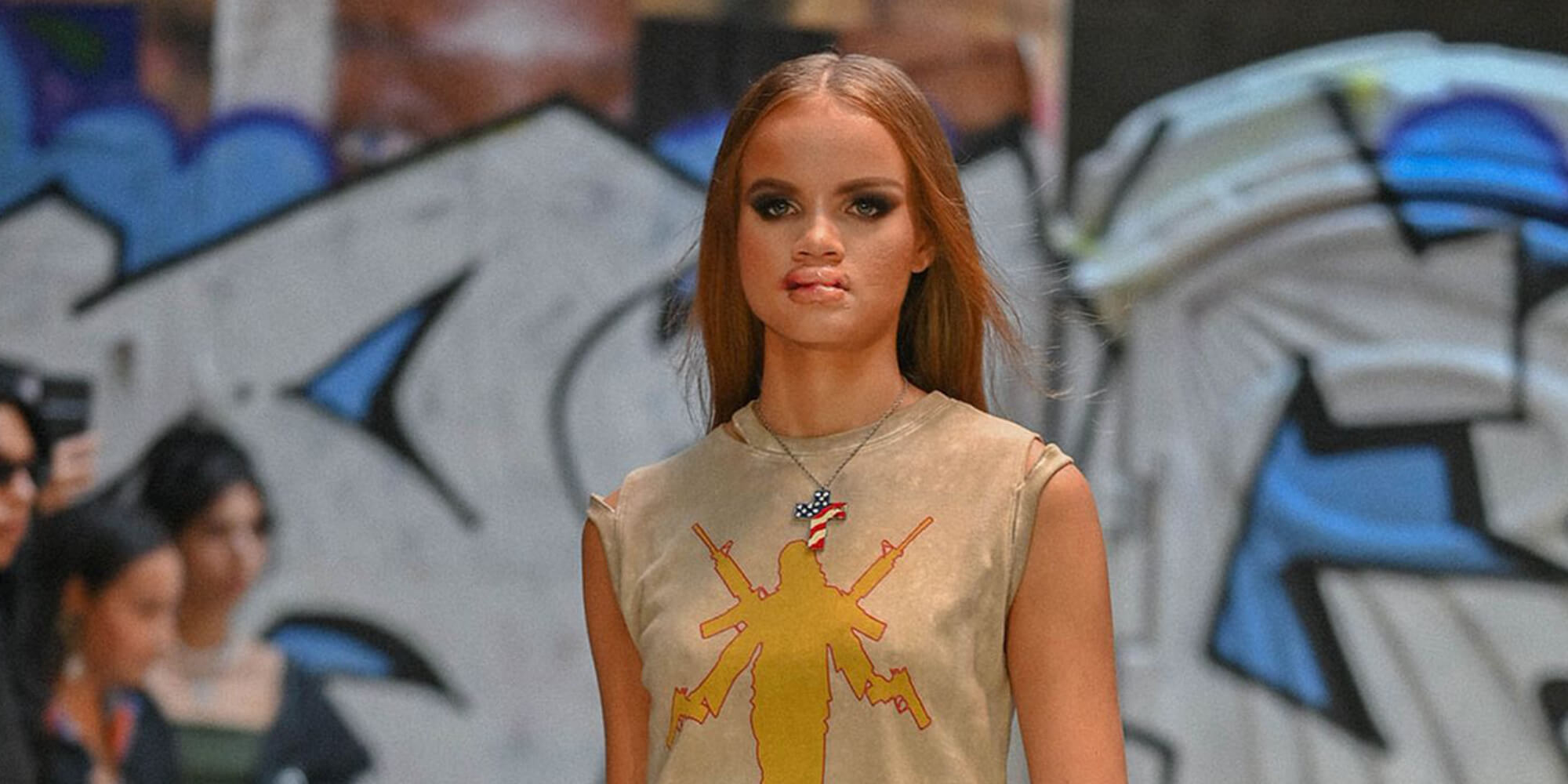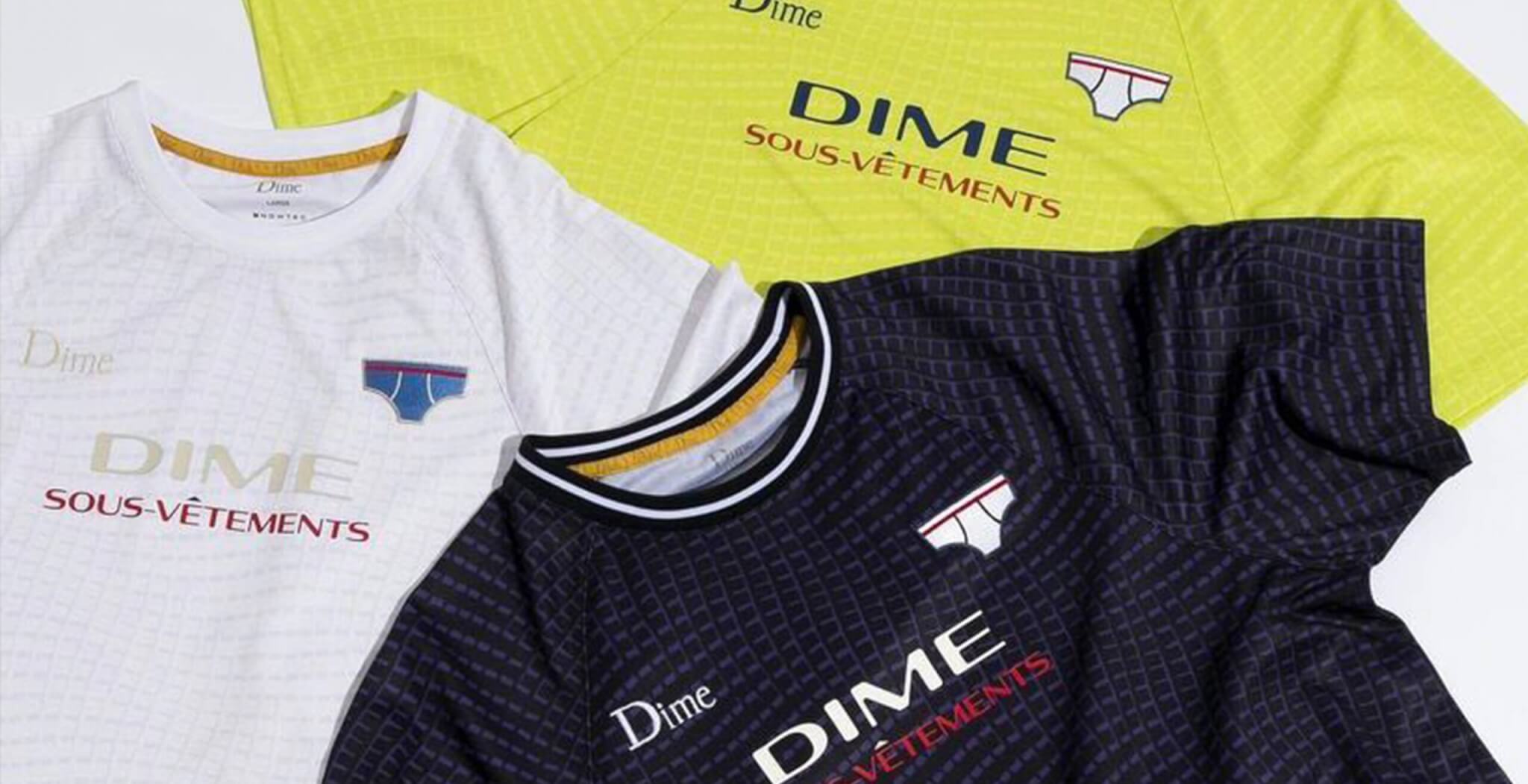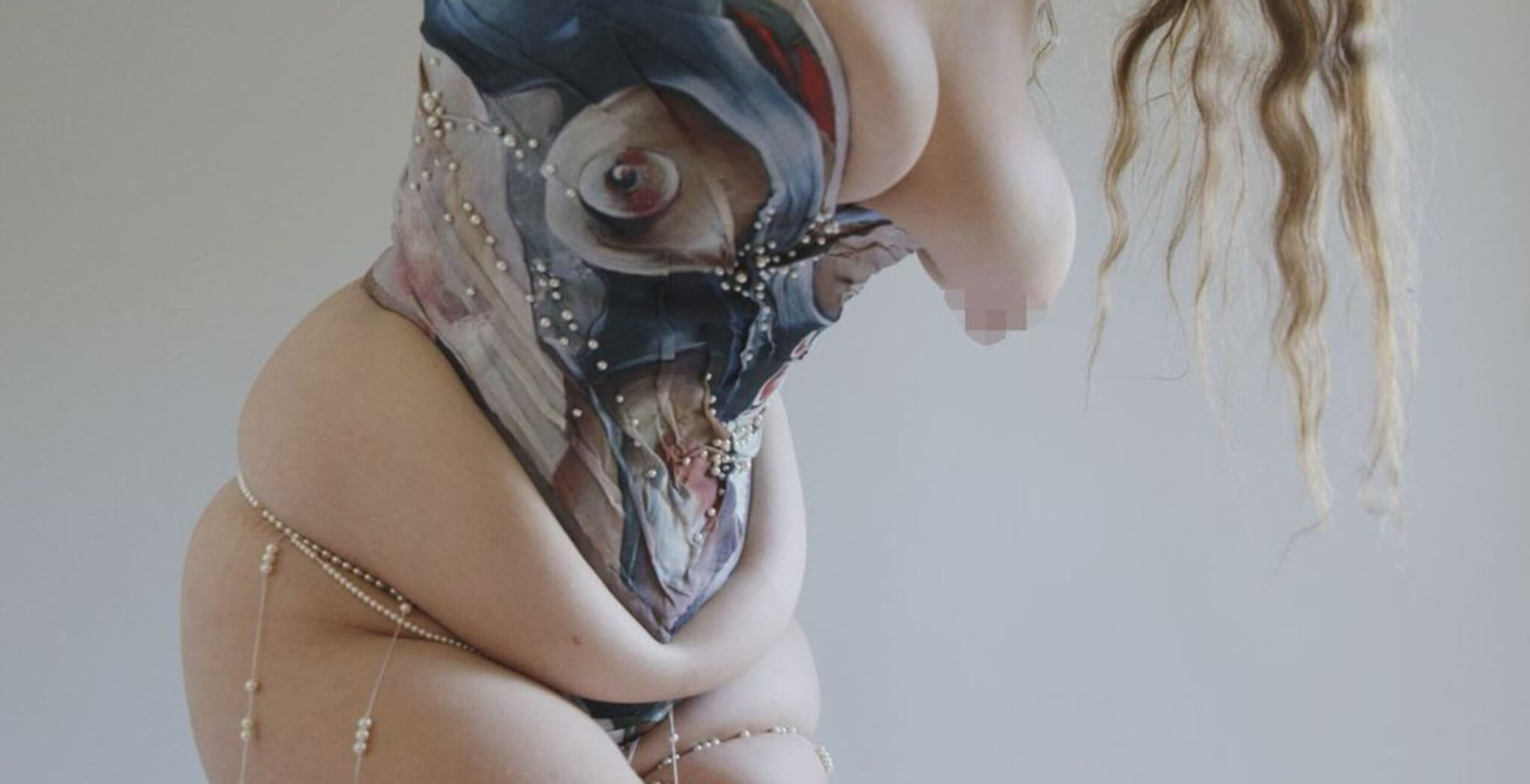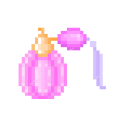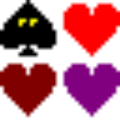Following its fifth edition, Moldovan Brands Runway proves its regional fashion is on a constant rise and seeks to offer new possibilities to the industry.
Although the cold and rainy weather signaled the upcoming winter in the city, the Moldovan capital, Chișinău, was characterized by high energy and genuine excitement last week. Between October 1st and 4th, the fashion week in town, Moldovan Brands Runway returned for a fifth edition to present the Autumn Winter 2025 season with the theme Reframing.
How much do we rely on what we have been taught? How closely do we follow cultural traditions? Do we favor theory over practice, and can we adapt when paths change? The theme “Reframing” aims to challenge old patterns and create room for new ideas. Moldovan Brands Runway chose this concept for many reasons. Unlike the main fashion capitals, Chișinău and Moldovan fashion stand out for their unique creativity. The nation’s EU aspirations and its Soviet and Ottoman histories bring complex layers to Moldovan identity. These influences let Moldovan designers explore countless styles, guided by a rare legacy: generational craftsmanship. Here, tradition merges with modern creativity, blending the past and the future.
Designers used experimental forms blended with traditional Eastern European patterns, such as lightweight lace layered over bold leathers, to express rich cultural stories. Together, these elements define Moldova’s current fashion identity and challenge a common misconception: Moldova is not just a source of exotic fashion meant to be marginalized. Instead, in an era where major fashion cities feel less connected to most people and fashion is becoming more global, Moldovan designers respond with a new take on modern style. Moldovan fashion is not just an emerging trend—it is inspiring. This season, Moldovan Brands Runway hosted 20 shows, 7 presentations, and side events, offering a platform for new industry possibilities. As Julia Mitereva, Head of Creative and Communications at MBR, noted, “it is a state of mind, one that challenged the familiar, shifting perspective through texture, movement, and place.”
REFRAMING TRADITION
As reinterpreting the tradition holds undeniable importance within the MBR, it is no surprise to see traditional embroidery on the runway. On the second day of the event at MEDIACOR, the main stage, Casa Cristea was among them. Traditional “ie” or “vyshyvanka” pieces were combined with pants and skirts of modern silhouettes. From top to bottom, a journey in time was offered to the viewers while highlighting the motto of reframing tradition. Apparently, identity can easily be expressed through style by wearing cultural pieces, while balance with modernity can be provided alongside.
However, as mentioned, Moldovan fashion is something beyond a “marginalized” or “exotic” school of style. Therefore, unlike Casa Cristea, some went the other way and instead of directly referencing traditional pieces, the source of inspiration became small, even unnoticeable details of the Moldovan lifestyle.
Ok Kino, probably the most internationally recognized brand from the country, as we’ve previously seen them in London, Paris, and Tbilisi Fashion Weeks, was a frontrunner in this regard. In our visit to their brand-new studio, the co-founders Darya Golneva and Denis Caunov explained the collection’s almost encyclopedic references. The color palette was derived from the limestone used in historical Moldovan architecture. Silhouettes performed as a modern narrative of Golneva’s grandmother’s house. Details were inspired by a photography archive of Moldovan families. Empowered this much by the past, still, Ok Kino’s specialty is manifested through the fact that their pieces never leave doubt about their everyday wearability – and really, what could be better than a story you can wear on any occasion?
Another answer came during our visit to Dofamin Store, the leading concept shop and the country’s only stockist of brands like Jil Sander, Dries van Noten, Acne Studios, and Comme des Garçons. It is crucial to examine the story of the store’s founder, Evghenia Gruzdeva. Following her various ongoing projects, such as Holy Chic resale studio that promotes sustainability, Gruzdeva realizes how strong an archive of fabrics and vintage pieces she already has collected. There, she knocks on the door of Natalia Miterev, who is known for invaluable contributions to the country’s fashion through her position as Creative Director of MBR and Pijack, alongside her work in photography.
As Miterev and Gruzdeva unite their forces, a milestone in Moldovan fashion is born. The first fully upcycled brand in the country’s history, Patru naturally builds a bridge between the past and the future. All crafted by local artisans using traditional embroidery and tailoring, with Patru, one comes across quilt-turned-capes, or t-shirts with photo prints on them, capturing the authentic life of a Moldovan individual. In short, a fully upcycled cultural narrative in modern silhouettes comes to the stage. As Miterev explains, “We preserve memory, craft, and material, translating them into the language of a new Moldovan aesthetic.” There aren’t many words left to say. Just a bold yet befitting statement is enough. Patru was the winner of this season, and we should expect to hear about it much more in the upcoming days.
REFRAMING THE ELEGANCE
It is not really hard to understand that elegance is one of the key points when reading the Moldovan codes of style, especially when speaking of the modern Moldovan woman. Whether it is statement-making dresses or repurposed blazer jackets, what designers envision for a fashionable woman is someone who radiates strength through elegant and feminine outfits. In this season, this aesthetic was represented by two established brands and one relatively young designer: Julia Allert, Altezza by L. Storojuc, and Alexey Sorochin.
While Julia Allert transformed the main stage into a chessboard, finding the balance between perfectly structured coats, pants, and shirts and almost avant-garde shoes and bags in provocative forms, the designer’s interpretation of elegance was once again an initiative to push the limits of mainstream elegance, and wander around the axis of perfect and chaotic.
From a more refined lens, L. Storojuc’s new brand Altezza, chose her axis between dialogue and combat. As the show started with a choreography of fencing, followed by ladylike suits with twists like unexpected cut-out details, Altezza projected an energetic, youthful, yet much more confident state of mind. While some suits reflected the designer’s past, which aligns strongly with the definition of elegance of a Moldovan woman, some dresses and other pieces with asymmetric neck details were apparently the clues for the future.
In contrast to the established designers with a notable fan base in the country, Alexey Sorochin is a relatively new name. One might easily think that would make him less remarkable; however, Sorochin’s show in an underground corridor drew significant attention easily and quickly. Having poetically reviewed elegance through perfect craftsmanship, with dresses that remind one of petals met with corsets, Sorochin emerges as one of the most promising talents of Moldova to succeed internationally. Reviewing the cultural connection between femininity and elegance through hourglass silhouettes, the designer’s dramatic takes on the all-black collection made his unique signature a lot easier to recognize. Wholeheartedly, Sorochin can be acknowledged as one of the best representatives who harmonized elegance, taste, and romanticism, with excellent craftsmanship, this season.
REFRAMING THE CONTEXT
Tradition requires study to reframe, and elegance requires the ability to catch up with the zeitgeist. When it comes to reframing the context, it surely does both, and choosing this path as a fashion designer has never been easy. This is why SANNAT, a young brand in Moldova, sets itself apart from other designers. Natalia Sandu, the founder and designer of the brand, is an eccentric visionary. Inspired by the absurdist play “Le Vicomte” by Eugene Ionesco, the brand’s show was envisioned as a multidisciplinary art performance.
At Teatrul Luceafarul, SANNAT presented its collection both through shorts worn by the actors and intersections within the play where models walked in wearing SANNAT pieces. As the script embodied a full-length absurdity, the avant-garde steps SANNAT took through repurposed trench coats, disorganized puffers, sleeve-detailed shorts, and a slogan tee that says President of Absurdistan complemented the concept perfectly. Natalia Sandu made sure that the future of the brand is blindingly bright, and it is possible to merge absurdity and reality by using the mystery of contradictions. Having envisioned a collection that highlights fluidity of identities, flexibility of absurdity, and beauty of experimentation, SANNAT positioned itself in a different segment where the dissolution of familiar fashion norms became the new normal.
As one of the few international participants of the event, another rebellious statement came from the Georgian designer Nina Goderidze’s GOD ERA. Adopting a de facto mission as a political narrative, GOD ERA’s message was clear: Gender can become a distorted term anytime, and inclusivity should go beyond what-ifs in contemporary politics. Right before ending the show with an emphasis on having a queer president, Goderidze presented prosthetics of male and female bodies reminiscent of Duran Lantik, doubled dresses, a sunny side-up bikini, and more.
Goderidze’s language of design is quite personal and unique, yet also an initiative for change through the use of sustainable materials. Considering activism is located in the deep roots of GOD ERA, through the brand, a usually forgotten reality of fashion gets remanifested: Something that seems so simple can tell a story that is so complex. For GOD ERA, it is rather a reality than a story – and an egg bag or a hairclip necklace can express the desire for a free and diverse political culture in countless ways. Leaving no questions behind, this is what reframing is all about.
Throughout the four days and an intense schedule, Moldovan Brands Runway once again proved the power of fashion’s versatility and the region’s designers’ distinctive talent in craftsmanship and creativity. From avant-garde humor to poetic elegance, and eco-conscious review of tradition, all that’s left to say is that we should keep an eye on Chișinău’s growing fashion industry from now on.
Having written love letters to the art of fashion, Moldovan designers are getting more acknowledged nowadays, and confidently speaking, we will come across them a lot more in the near future.








